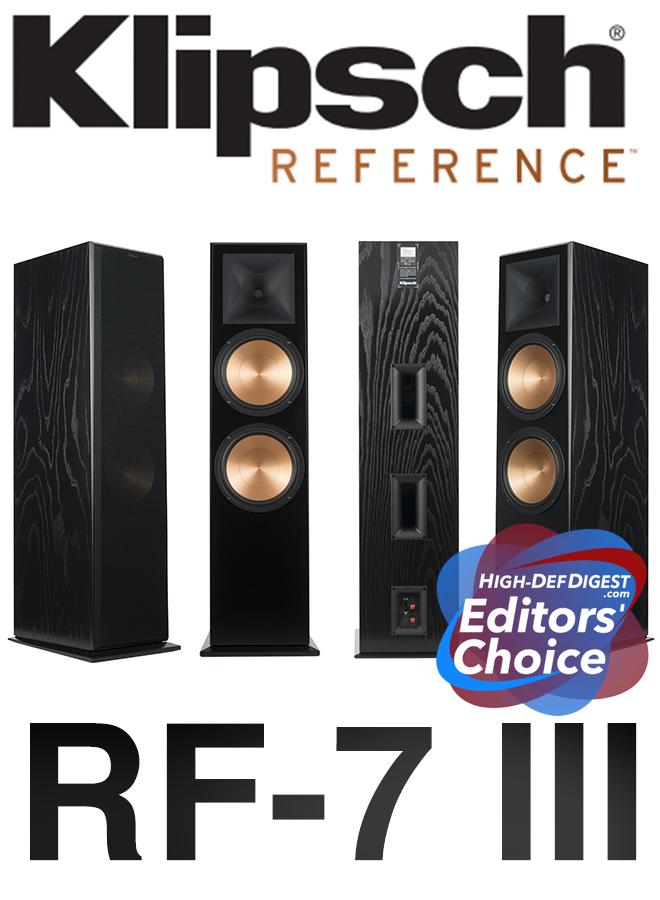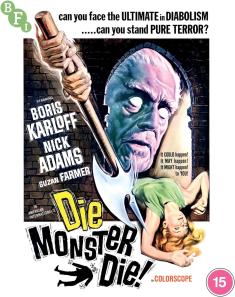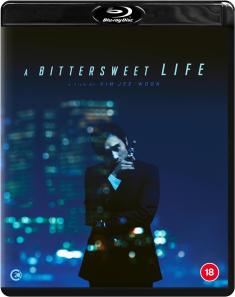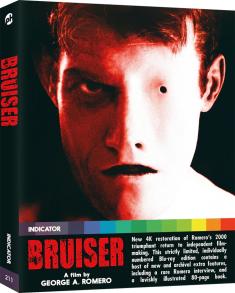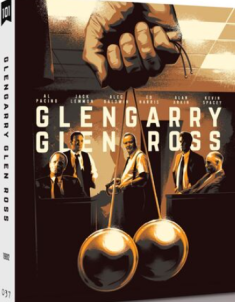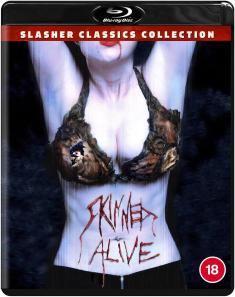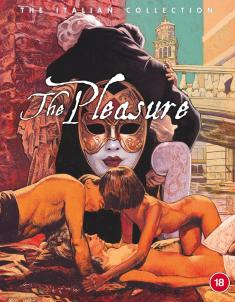Klipsch RF-7 III Floorstanding Speaker
Overview -Overview - From vocals to layered instruments to cutting-edge Hollywood sound effects -- from deep bass to shredding highs -- Klipsch RF-7 III floorstanders masterfully reproduce everything and anything save for true subwoofer frequencies. If you're a music or cinema audiophile with the budget and the space for these, run-don't-walk to your nearest Klipsch retailer so you can demo a pair and immediately add them to your system. Highly Recommend.
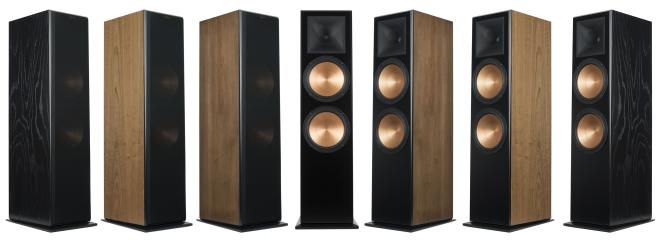
INTRO
Perched just above the vaunted Reference Premiere series speakers, Klipsch RF-7 III flagship floorstanders are absolute beasts in all the best ways. They're massive speakers that produce massive sound as well as quiet refinement. Play them loud, play them soft, it doesn't matter. Just play them.
Designed and made in the USA "by proud craftsmen in Hope, Arkansas," each Klipsch RF-7 III tower features one 90° x 90° Tractrix Horn, dual 10" Spun Copper Cerametallix woofers, and an enclosure wrapped in furniture-grade wood veneers. Finish options include Black Ash, Cherry, & Walnut.

There are a lot of other smart features built into the speaker itself that make these towers as efficient and resonant-free as possible, with the goal of making the whole system sound as natural as possible. Comparing the RF-7 III to the previous generation (and also stunning) RP-280F towers, the RF-7 III towers feature a lager 1 3/4" titanium diaphragm compression driver, which "sound pressure linearity at high frequencies" as well as dual 10" woofers versus 8" versions.
In short, the RF-7 IIIs can reproduce higher-highs and lower-lows than the flagship RP towers, but at a price. The RF-7 IIIs cost a little over a $1,000-per-speaker more than the already-beefy RP-8000F (the version that doesn't include Atmos), which is a sizable jump. Is it worth it? Are the RF-7 III towers the best floorstanders for your listening room or home theater?
Let's find out.
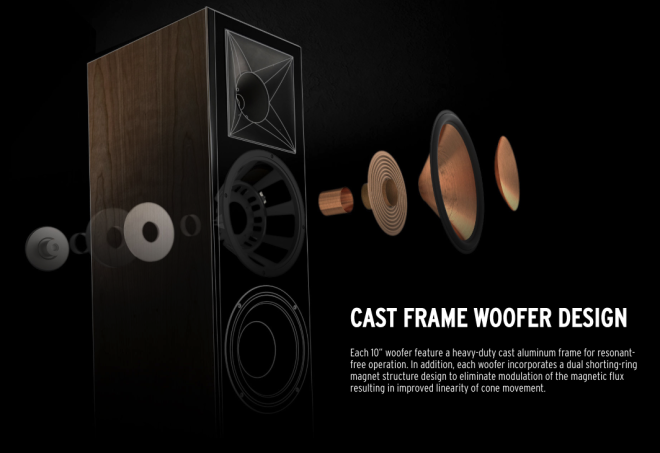
SPECS
Courtesy of Klipsch.com
- Frequency Response: 32–25kHz +/– 3dB
- Power Handling: 250W / 1000W peak
- Sensitivity: 100 dB @ 2.83V / 1M
- Nominal Impedance: 8 ohms compatible
- High Frequency Horn: 8.5” square 90? x 90? Tractrix® Horn
- High Frequency Drivers: One 1.75” (4.45cm) titanium diaphragm compression driver
- Crossover Frequency: 1,300 Hz
- Low Frequency Drivers: Two 10” (25.4cm) Cerametallic cone woofers
- Inputs: Dual binding posts / bi-wire / bi-amp
- Enclosure Type: Dual chambered, bass-reflex — via dual rear-firing Tractrix ports
- Dimensions: 49” (124.5cm) H x 13.875” (35.2cm) W x 17.875” (45.4cm) D (including plinth)
- Weight: 97 Ibs (44.1kg)
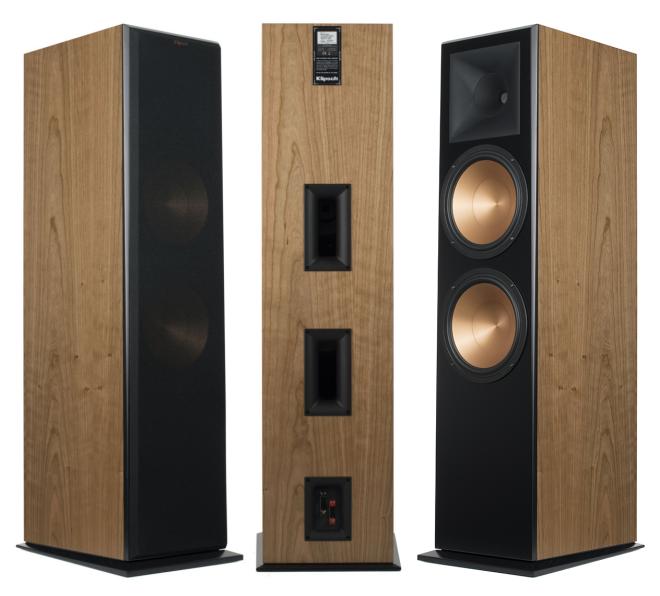
(Cherry)
DESIGN & SETUP
The Klipsch RF-7 III floorstanding speakers are conversation pieces because they stand so tall, take up a sizable amount of square footage and, assuming you leave the included magnetic grilles off, boast copper woofers that catch the eye of every person entering the listening space. So not only do they sound the part of ass-kicking audiophile gear (more on this below), but they look the part too.
In terms of the finish quality, our Black Ash set look quite good and the wood veneer surface is sturdy and attractive. That said, compared to the new, piano black Reference Premieres or something like the KEF R-Series, the RF-7 III towers don't feel as obviously-fancy. On the plus side, though, you also don't have to worry as much about fingerprints (my sticky-handed toddler LOOOOOVES these speakers).
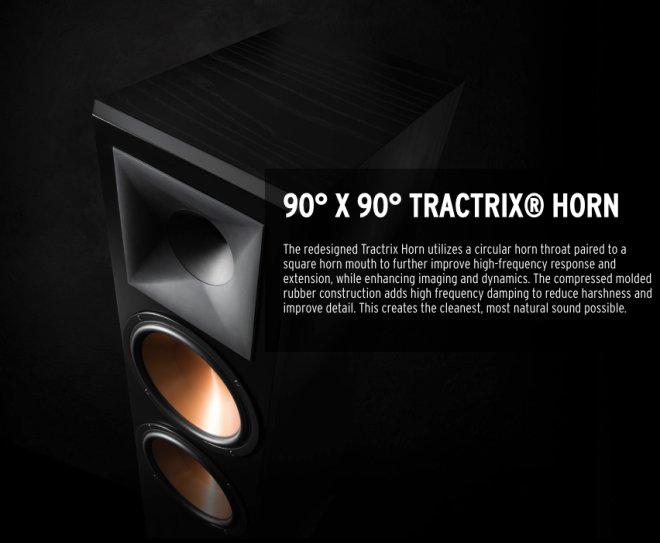
To set these 97lb monsters up, grab a friend or two because, if you don't, you're just asking to bust a shoulder or wrench a back. (To be fair, it may be easier for non-reviewers because I have to save the boxes for sending loaner gear back, but such is life). Outside of removing the speakers from their two boxes, wrestling them into position, and connecting to an amp or AV Receiver, there's not much to the setup process itself. I recommend placing them at least six or seven feet apart, toeing them in toward your sweet spot, and then running room calibration software to balance them with your room as well as any speakers you may want to run with them.
The final part is just waking them up with an extended break-in time, which was surprisingly long.
Straight out of the box, I didn't see a massive difference over the Klipsch RP-280FA or KEF Q950 towers. Then about three weeks into my demo, in that 70-100 hour range, everything started to loosen up. Bass prescience, transparency, and overall warmth seemed to increase with each day of use and, by then, dear reader, I was hooked on these bad boys.

(Walnut)
PERFORMANCE
I threw literally everything I had at the Klipsch RF-7 III towers, from physical media to streaming and downloads, from analog to digital and Bluetooth. Outside of over-compressed MP3s and poorly recorded YouTube videos, they deliver exceptional clarity and transparency across a full range of frequencies and volumes, sounding just as good during casual listening as they do at reference volume madness.
On the music side of things, I tested the towers in both 2.1 and 2.0 configurations. First up was my growing Vinyl collection of classic rock and heavy metal, which consists of decades-old original pressings as well as a few new releases. Diving through Black Sabbath's Vol. 4 and Technical Ecstasy, as well as Ozzy's first few solo albums, revealed every nuance in those recordings, from the heavy-heavy guitars to Ozzy's ethereal voice to pounding drums and even moments of smooth strings. The only drawback is how you can't hide any blemish or physical imperfection on the records themselves.
Moving on to CDs and streaming audio like Spotify, the RF-7 IIIs sound awesome, even with lower-res sources. Black Sabbath's most recent studio album, 13, may be the band's heaviest to date, and honestly, the whole record sounded fresh on these speakers. Jumping into other genres, from hip-hop to classical to jazz and back to rock with the new Bohemian Rhapsody film soundtrack, I couldn't find anything that tripped up the RF-7 IIIs outside of low-end bass extension. For truly thumping bass, to reach down below 32Hz, I'd recommend adding a sub or two to the mix for one of the best-sounding music experience you can get in this (albeit expensive) price range.
What do I mean, exactly? The RF-7 IIIs twin 10" woofers move a TON of air by themselves, so your room feels pressurized already. Add the sub and it feels like the RF-7 IIIs are lifting your sub's capabilities while slapping a smile on any bass aficionado's face. To put it another way, you could get smaller towers with 8" or 6" woofers, and with a beefy Klipsch sub, have all the LFE you need. But, with the RF-7 IIIs, you'll experience more mid-range to middle-low frequencies, which makes for more linear bass response because it's aking to adding in even more subs to your system.

In the movie and TV show department, the Klipsch RF-7 III Floorstanders also work wonders. For my testing, I paired them with my old KEF Q Series system, though I would recommend getting in first or second generation Reference Premieres for a more accoustically-matched system. Still, with a little help from Audyssey room tuning, the RF-7 IIIs woke my living room the hell up, whether I was watching a classic 2.0 Mono Blu-rays like Casablanca, or cranking up the latest Dolby Atmos disc like Mission: Impossible - Fallout. As stereo speakers, the RF-7 III towers offer excellent voice reproduction, imaging and, depending on your setup, a wide soundstage.
Hurl a multi-channel soundtrack at these speakers and, with eight other speakers plus a sub, the whole room feels more pressurized because film mixes tend to utilize the front L&R channels for music and larger sound effects like explosions or gunshots. Revisiting my some of my favorite tracks -- from The Greatest Showman, Blade Runner 2049, Jurassic Park, Mad Max Fury Road, Gladiator, The Great Gatsby, and The Matrix -- each one benefitted from the clearer high frequencies and beefier mids and lows. When these speakers are in your system, you'll literally feel it when monsters and engines roar, when thunder and explosions boom, and when your favorite composer brings a symphony to a cascading crescendo.
Despite all of the overall amazingness, I did find one fault worth noting. Because the RF-7 IIIs are so tall, my seating position ear-level is slightly lower than the horns. In this position, it feels like, every once in a while, I hear a touch of separation between the horn and the woofer -- it's almost like a delay from sounds that should have arrived at the same moment. Maybe it's related to the crossover, I'm not sure. Perhaps I've been spoiled by my KEF reviews, as they overlay mid and high-frequency drivers. In that sense, and while I didn't get to do direct A-to-B comparisons between brands, the KEF R900 towers (also around $1,800) may be ever-so-slightly more accurate, to my ears.
Still, outside of this one, almost imperceivable flaw, the Klipsch RF-7 III Floorstanding towers are powerful, bold, articulate, and clear, delivering a performance value that I've only heard bested in speakers that cost two-to-three times more.

(Black Ash)
FINAL THOUGHTS
Pros
- Attractive/classic Klipsch design
- Excellent performance for music & movies
- Lifts the quality of LFE of capable subwoofers
- Impeccable vocal reproduction
- Perfect for stereo or multi-channel setups
Cons
- Might be too large for some spaces
- Longer than expected break-in period
- Priced more than double the flagship Reference Premiere tower
- You still need a sub for full-range performance
The Klipsch RF-7 III towers are absolutely stunning but, based on price and size, not for everyone. There's a lot to be said about picking up the 8"-woofer Reference Premiere towers and spend the saved money on one or two high-performance subwoofers. I was also surprised by the long-ish break-in period.
That said, if you have the space and the budget to buy these along with your subs and surrounds, or if you're in a situation where you've got the other channels covered already and you're simply looking to upgrade your front channel towers, then by all means run-don't-walk to your nearest Klipsch retailer so you can demo a pair and immediately add them to your system. Highly Recommend.
Click HERE to order from Klipsch.com!
or
